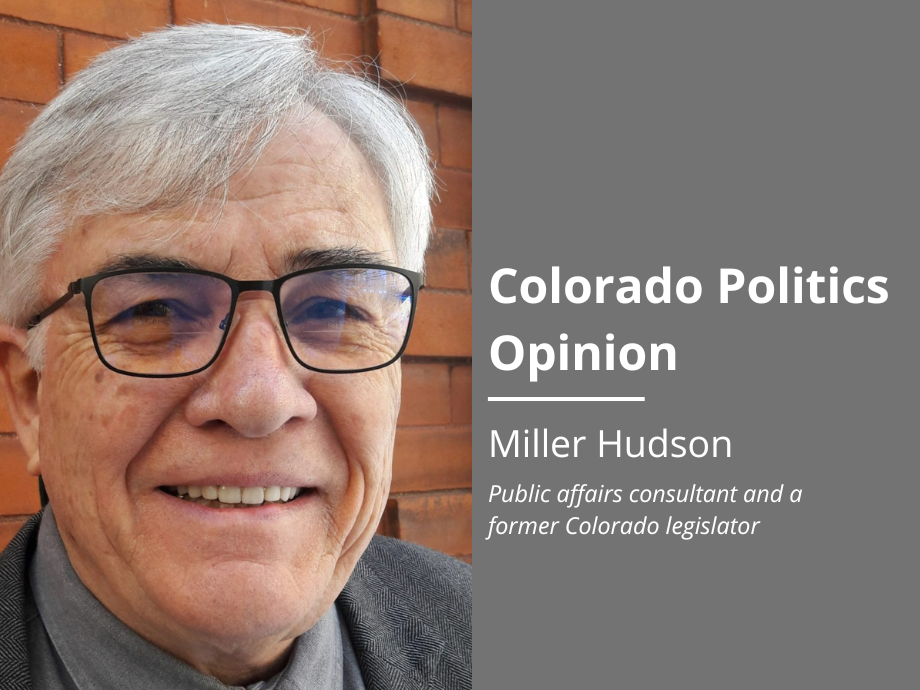Math just doesn’t add up for Colorado Option | HUDSON


Several weeks ago, a survey of reported earnings for 2022 from more than 50 hedge and private banking funds found not a single firm performed better than did market index accounts. In other words, despite higher management fees and a “carried interest” loophole which permits investment managers to pocket personal earnings at a lower tax rate than salaried employees, ostensibly an acknowledgement of their superior fiscal skills, they performed more poorly than would selecting securities by tossing darts at stock listings. Not to worry, so long as Chuck Schumer serves in the U.S. Senate, hedge fund managers needn’t fear Congress might force them to pay their fair share.
If nothing else, these results support President John F. Kennedy’s observation that a rising economic tide predictably lifts all boats. The obverse, of course, remains true. When the tide runs out, most boats wind up grounded, or worse. The notion that clever algorithms can reliably evade the economic hydraulics of the market is usually a hustle. Just look at the confidence men and women who were recently touting crypto currencies. Gov. Jared Polis and Democrats in the Colorado legislature have urged voters to believe their honorable intentions to “save people money” enables them to successfully battle against math. Their war is not going well. No better example exists than the impending collapse of the “Colorado Option” health insurance program.
Stay up to speed: Sign-up for daily opinion in your inbox Monday-Friday
No amount of annual tinkering has salvaged the appealing proposition that a publicly managed medical coverage plan can undercut the private market. A recent actuarial analysis of the Colorado health care marketplace determined that requiring all carriers to offer a Colorado Option plan has had the perverse effect of accelerating costs while reducing competition as carriers abandon the state’s Health Care Exchange. This finding may seem counter-intuitive – surely a non-profit plan should compete well against private insurance. To the contrary, in 2023 the lowest-priced premiums offered on the state exchange in 60 of 64 counties for bronze tier coverage were not Colorado Option plans. This disparity improves slightly (54 of 64) for the silver tier and reaches a 50-50 split only at the expensive gold tier, which is purchased by just 11% of the individual market.
The premise that a shared risk plan designed by the state’s Insurance Commissioner will save people money on health care requires a belief the remainder of private carriers in the market have been sequestering undeserved dollars within their proposed rates. This is unlikely when these rates are reviewed annually by the commission’s own staff for reasonableness and its approval. Consumers seeking to save money on premiums in most counties are best served by selecting the lowest-cost plans on offer, which are predominantly found among private plans. Two years in, the legislature has attempted statutory tweaks to the law each session that might provide greater affordability to the Colorado Option.
When originally authorized, the legislation built several nonsensical requirements into the pricing structure of the Colorado Option – the most unreasonable: a requirement that premiums be reduced 5% each year, pushing toward 10% to 15% reductions in future years. You don’t have to be an economist to recognize this is a highly unlikely possibility during inflationary times. No one, including the actuaries who performed the Colorado analysis, thinks health care costs are under control nor have they been for nearly half-a-century. American health care is a mess. Colorado has virtually no chance of resisting the 3% to 4% annual inflation in national health care costs, much less reduce them. And 85% of carriers’ Colorado Option rate proposals this year ignored the 5% reduction requirement.
The Colorado Option cannot and will not survive being forcibly offered at a loss. If required to do so, without an external financial subsidy from taxpayers, even more carriers will abandon the Colorado market, thereby further reducing consumer choice. The math has to work. Costs are predictably growing. There may be interventions that would harness this increase, but they are, in most instances, not under the control of insurance carriers. Premiums must capture sufficient revenue to cover costs, pay for plan administration and still leave a sufficient margin for profitability. The cost of health care cannot be remedied on the backs of insurers alone.
House Bill 23-1224 was introduced as this year’s edition of band-aid fixes to the Colorado Option program. Not only is it insufficient to this challenge but, in several respects, it doubles down on the existing weaknesses in the law. Contemplate the legend of King Canute. The emperor led his courtiers onto the beach to prove he could not reverse the laws of nature. Once a rising tide began to cover their sandals, despite his calls for the waters to halt, medieval texts tell us Canute declared, “Let all men know how empty and worthless the powers of kings are, for there is none worthy of the name but He whom heaven, earth, and sea obey in accordance with eternal laws.” Likewise, when the math doesn’t work, a little policy humility seems advisable.
Miller Hudson is a public affairs consultant and a former Colorado legislator.












